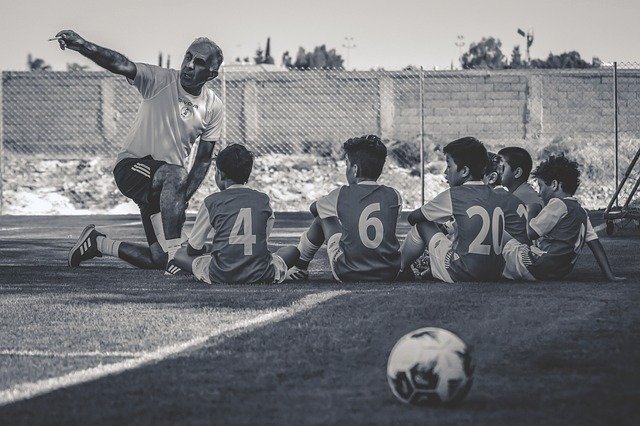Designing Age-Appropriate Skill Frameworks for Young Athletes
Creating age-appropriate skill frameworks helps coaches, program planners, and community organizers structure learning in ways that match physical, cognitive, and emotional development. Well-designed frameworks support gradual progression, reduce injury risk, and improve long-term participation and retention among young participants.

Young athletes benefit when skill development is matched to their stage of growth. A deliberate framework clarifies what technical, tactical, physical, and psychosocial milestones are realistic at each age band, while guiding coaching choices and practice design. This article outlines core principles for building such frameworks, explores how coaching and training methods should adapt, and highlights how conditioning, injury prevention, nutrition, analytics, and community engagement support sustained participation and talent development.
How should athletics progress by age?
Skill progression in athletics should reflect maturation rather than strictly chronological age. Early childhood focuses on movement literacy—running, jumping, throwing, catching—delivered through play-based activities that enhance coordination and confidence. Around late childhood and early adolescence, introduce more sport-specific skills and simple tactical concepts while still emphasizing variability and multi-sport exposure to avoid early specialization. In mid-to-late adolescence, refine technical and tactical skills, increase structured conditioning, and prepare athletes for higher training loads. Coaches should evaluate biological age and individual readiness, adapting expectations and practice loads accordingly.
What coaching approaches suit youth talent?
Effective coaching for youth centers on positive feedback, clear structure, and gradual challenge. Use short, focused drills that emphasize repetition within a meaningful context to build skill retention. Encourage autonomy by offering limited choices and promoting problem-solving rather than prescribing all actions. Progressions should move from simple to complex: isolated skill practice, then integrated drills, then game-like scenarios. For talent identification, view performance trends over time rather than single-event outcomes, and maintain access to diverse experiences so late developers remain engaged. Coaching should also foster social skills and teamwork to support retention.
How to structure training and conditioning sessions?
Training design for youth combines skill practice with age-appropriate conditioning. Younger athletes need high variability and low-volume conditioning: games that build aerobic capacity and fundamental movement skills. As athletes mature, add structured speed, agility, and strength components with careful attention to technique. Limit high-intensity volume and ensure adequate recovery—young bodies are still adapting to load. Incorporate dynamic warm-ups, movement quality assessments, and periodize intensity across microcycles. Conditioning should complement technical work rather than replace it, keeping sessions engaging to maintain participation rates.
How to address injury prevention and nutrition?
Injury prevention rests on movement quality, load management, and education. Integrate neuromuscular training—landing mechanics, deceleration drills, core stability—into regular practice to reduce common injuries. Monitor training loads relative to recent activity and watch for early signs of overuse, fatigue, or behavioral changes. Nutrition guidance should focus on balanced meals, hydration, and timing around activity; ensure calorie and nutrient intake match growth and training demands. For issues outside everyday guidance, refer to qualified healthcare or nutrition professionals. Emphasize recovery habits—sleep, gradual return-to-play protocols, and communication between coaches, parents, and medical staff.
How can analytics and community support retention and participation?
Simple analytics—tracking attendance, training load, skill assessments, and enjoyment—can guide individualized plans and highlight when athletes may need adjustments. Use objective measures sparingly and pair them with qualitative feedback from athletes and families. Community factors influence long-term participation: accessible local services, supportive club cultures, and opportunities for peer interaction increase retention. Programs that balance competition with recreational pathways and provide clear progression routes help sustain interest. Engaging families and volunteers in positive roles builds a stable environment for talent to emerge organically.
Conclusion
Designing age-appropriate skill frameworks requires aligning objectives with developmental stages, applying coaching strategies that prioritize learning and well-being, and integrating conditioning, injury prevention, nutrition, and basic analytics. Emphasizing movement literacy, progressive skill complexity, and supportive community structures can improve both short-term engagement and long-term talent development. Clear frameworks help stakeholders make consistent, evidence-informed choices that respect individual differences and promote safe, enjoyable participation.





